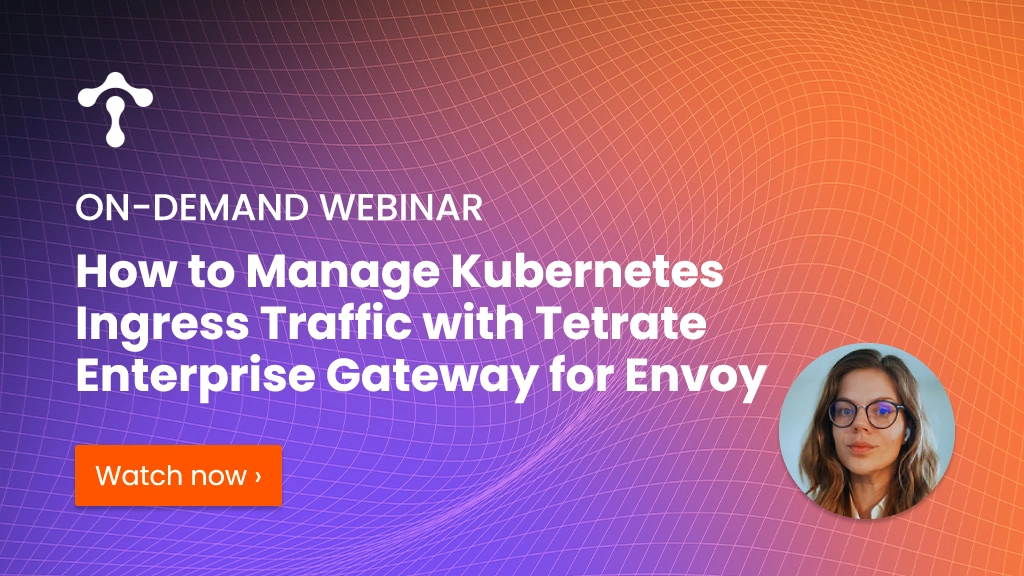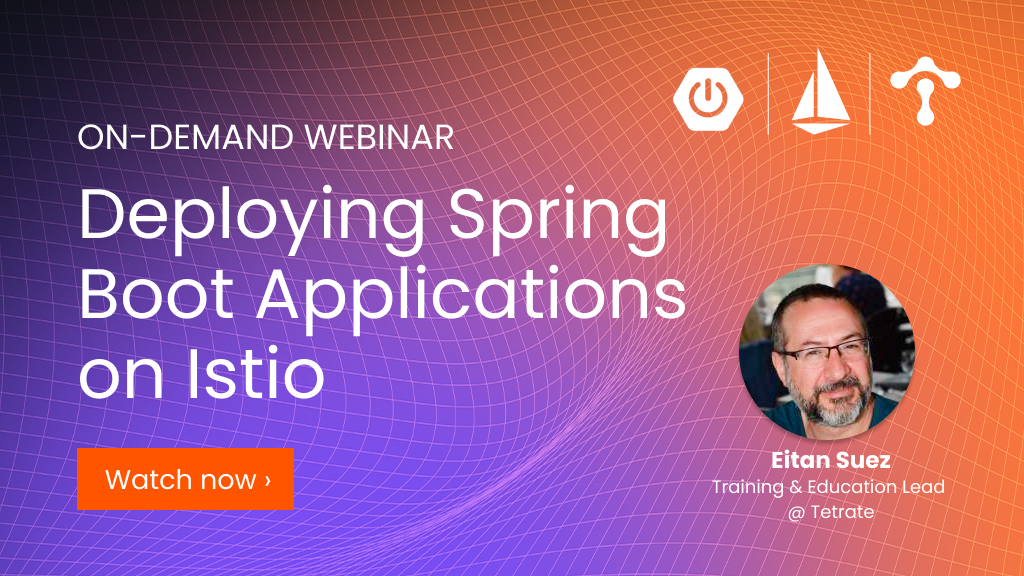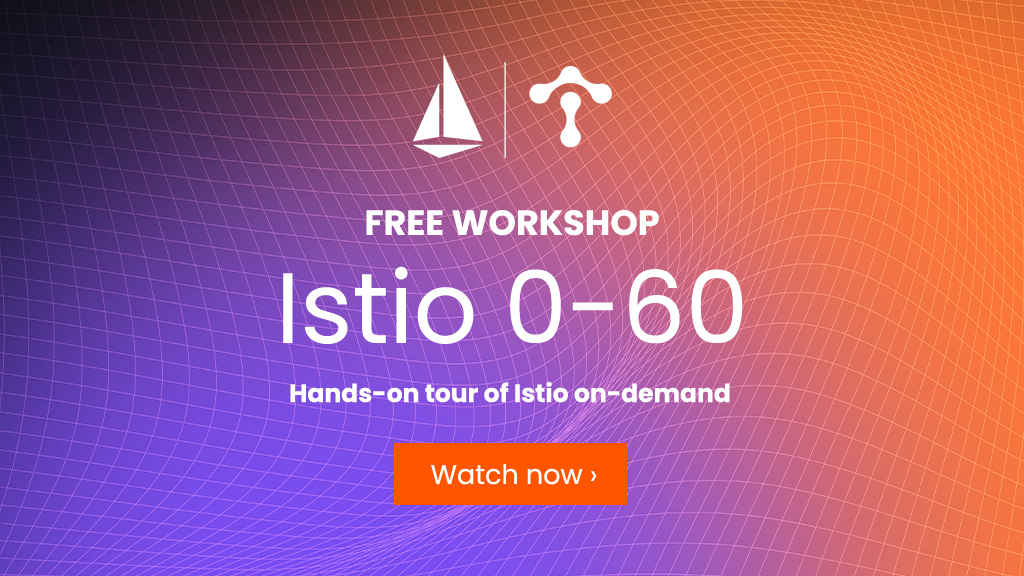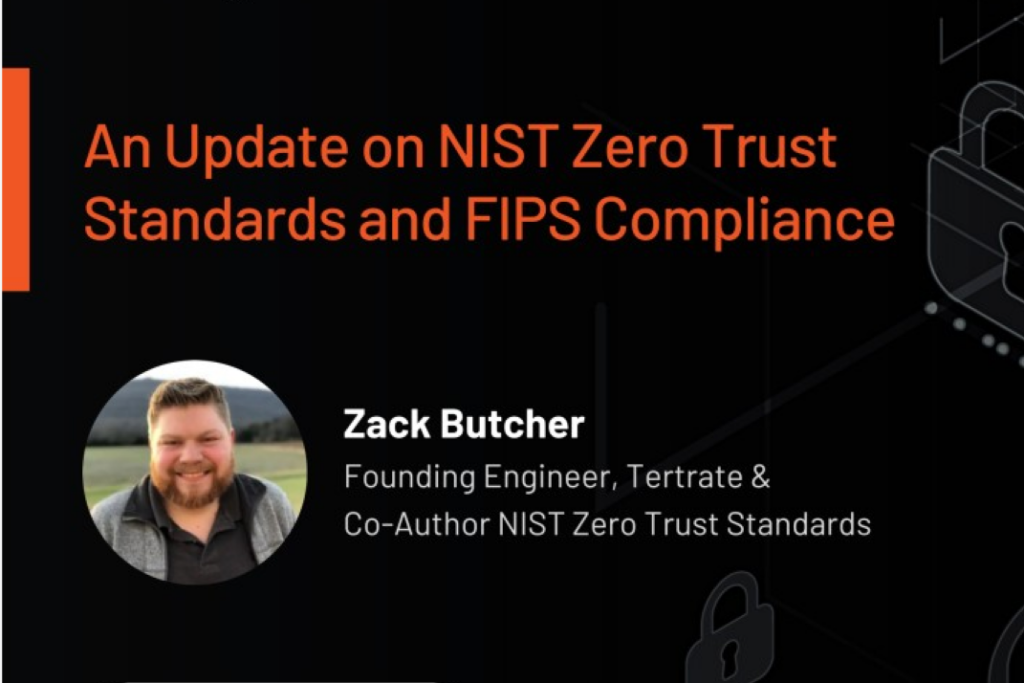Streamline Your Service Mesh Operations: A Deep Dive into Tetrate Istio Subscription Plus (TIS+)
Join us for an insightful workshop showcasing the powerful capabilities of Tetrate Istio Subscription Plus (TIS+), designed to revolutionize service mesh management for platform engineering teams.













